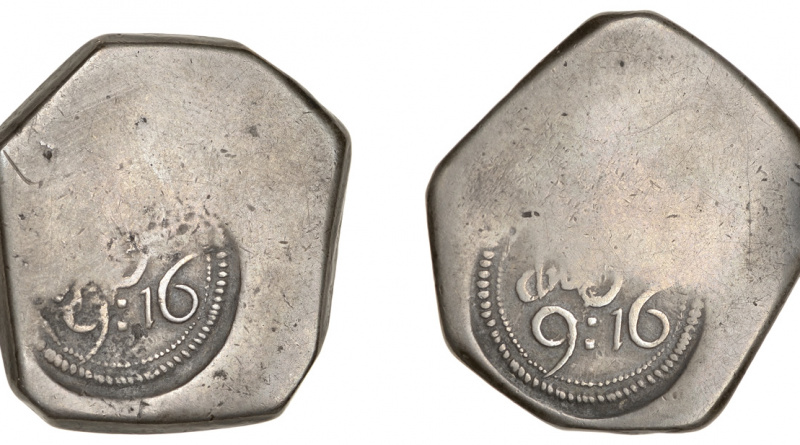Inchiquin Money, Halfcrown
A halfcrown of so called “Inchiquin Money”, produced in Ireland as a money of necessity during the Irish Rebellion.
Historical background
Irish coinage
Prior to 1558 the silver coinage in England and Ireland had steadily deteriorated. In 1561, Elizabeth sought to improve the standard in Ireland. She issued finer silver coins, which had three harps on the reverse shield. Further Irish issues were made by Elizabeth and James I. These continued to trade at a discount to English money. No Irish coinage was issued by Charles I up to 164I. In 1637, Charles announced, with limited success, that the title of Irish money or harps should be stopped and that accounting should be in English sterling.
Irish rebellion of 1641
There were at least five opposing parties during the rebellion, each with different aims. However, the main two parties were the Royalists and the Rebels. In 1641 the English Houses of Parliament authorised the Lord Lieutenant and the Lords Justices of Ireland to organise and army under the Earl of Ormond.
Inchiquin money
Gold and silver plate
The Lords Justices of Ireland sent letters to the English parliament with appeals for money for the troops. A directive was issued for every man in Dublin to bring in “half his plate to be paid for when treasure arrives” from England. However, the £1,200 of plate received was described as “a sum so mean and inconsiderable as can in no degree give any contentment” to the army.
Inchiquin money production
Inchiquin coins were struck on plain flans of irregular shape. This lot is a coin of the first issue. They were stamped on both sides (with the same die) with their weight. In this case 9:16 below “dwt” and “gr”, giving 9 dwt: 16 gr. The pennyweight (“dwt”) was equal to 24 grains giving a total weight in grains of 232. This meant that this half crown (two and a half shillings) was close to the current weight of English Tower Mint standard of about 92 grains to the shilling.
Name of Inchiquin money
There’s something of a mystery of how this coinage became known as Inchiquin money. The obvious connection is with the Earl of Inchiquin.

(Manchester Art Gallery)
Murrough O’Brien, 1st Earl of Inchiquin fought against the Rebels at the outbreak of the Irish Rebellion. His efforts were hampered by the lack of funds and he seized anything available to him. such as tobacco, cattle and corn, to pay his troops.
It may be that some of the “Inchiquin money” ended up in the hands of the Earl of Inchiquin and he used it to pay his army. But,what seems fairly certain is that he had nothing to do with its issue. The first use of the term “Inchiquin Money” may have been almost 100 years later for the auction of Lord Oxford’s collection in London in March 1741.

